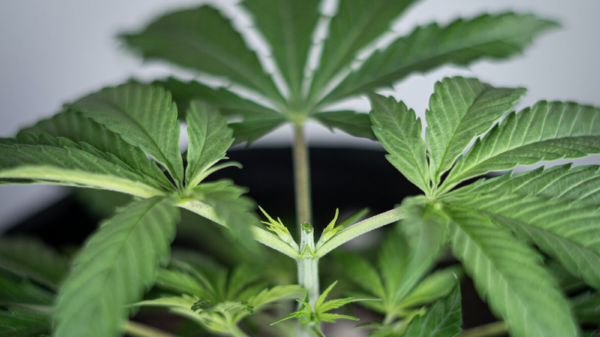Seniors aged 65 or older are Canada’s fastest growing age group of pot users one year into legalization across the country, according to new Statistics Canada figures.
The federal poll asked 5,452 Canadians whether they used cannabis in the last three months, which showed generational differences across pot-related behaviours. Although cannabis use remains the highest among younger demographics, “consumption among seniors has been accelerating at a much faster pace,” the StatsCan report said.
“In 2012, less than one per cent of seniors (about 40,000) reported using, contrasting sharply with estimates from 2019 indicating that more than 400,000 seniors have used cannabis in the past three months,” said the report.
In the three-month span there were 578,000 new cannabis users across Canada. While 10 per cent of weed consumers between the ages of 25 to 44 were new users, of the seniors who use marijuana now, more than one in four are new.
“The increasing popularity of cannabis among older adults has also contributed to an increase in the average age of cannabis users, which has risen from 29.4 years in 2004 to 38.1 in 2019,” StatsCan reports.
More seniors use pot for health reasons
 It’s important to note that a sizeable portion of pot consumers aren’t using the drug to get high, and the federal data may include people who use non-intoxicating CBD products that are derived from cannabis.
It’s important to note that a sizeable portion of pot consumers aren’t using the drug to get high, and the federal data may include people who use non-intoxicating CBD products that are derived from cannabis.
More than half of seniors, 52 per cent, reported using marijuana “exclusively for medical reasons,” while 24 per cent used pot for fun, and 24 per cent used it both medically and recreationally.
In contrast almost 60 per cent of young people aged 15 to 24 said they used weed exclusively for fun and more than one-third reported consuming for both medical and non-medical reasons.
Seniors were also the least likely of any age group to report daily pot use at 2.9 per cent, while Canadians aged 25 to 44 were the highest daily users at 9.2 per cent.
Legal pot shops help seniors access cannabis
For the second straight quarter, around 28 per cent of Canadians cannabis consumers (1.4 million) said they purchased pot from a legal source only. Seniors were the age group most likely to only use pot licensed retailers at 41 per cent, compared to about one-quarter for the two younger age groups.
Christopher Frank, a geriatric medicine professor, predicted the legal market would increase consumption among the elderly demographic before legalization began. This was mostly because older people are less likely to have connections with drug dealers.
“For many seniors, being able to go to the shop will make a huge difference versus having to look for somebody that knows where to get it,” said Christopher Frank, of the Queen’s University medical school, in a Global News interview.
Seniors were the least likely to obtain cannabis from the black market at 23 per cent, while young people aged 15 to 24 were the highest to use a drug dealer at 52 per cent.
Meanwhile, the survey also showed that home-grown weed was a supply source for about eight per cent of consumers across all generations, or 410,000 Canadians.
The poll showed that almost 5.2 million Canadians, or 17 per cent, aged 15 and up used cannabis in the last quarter. Nova Scotia had the highest consumption rate among provinces, at around one third of the population. And Quebec had the lowest rate, at 11 per cent.
Statistics Canada has been conducting the National Cannabis Survey since February 2018 to measure the social and economic impacts of legalized cannabis. This poll was for the third quarter of 2019.
The previous survey showed Canadian men were twice as likely to consume cannabis than women.














